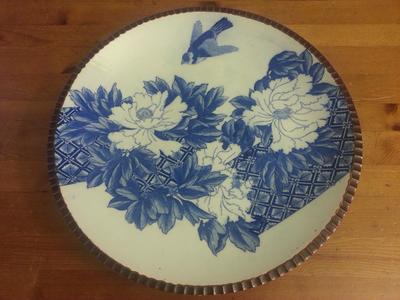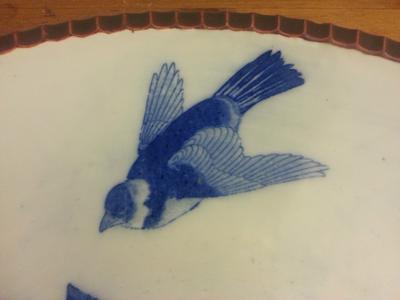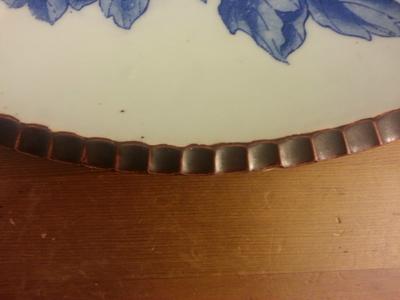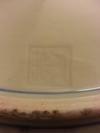Commenting is deactivated.
Please post all new topics and queries to the
Discussion Forum
Chinese Charger Plate
by Veronica Blackman
(El Sobrante, CA, USA)

Chinese Charger Plate
Hello,
I am trying to ascertain the period and marking on this beautiful plate I am in possession of. The porcelain plate is blue and white with a dark brown, pie crust edge. It is 16" in diameter and weighs about 5 lbs. It has a one sparrow at the top of the plate and beautiful flowers like gardenias or crysanthemums with a patterned or geometric fence behind it.
I asked several people about the marking and one person out of about 10 said the symbol means Tool or Utensil. Can you assist me?
Regards,
Veronica
Comments for Chinese Charger Plate
|
||
|
||
|
||
|
||
|
||
search by keyword







